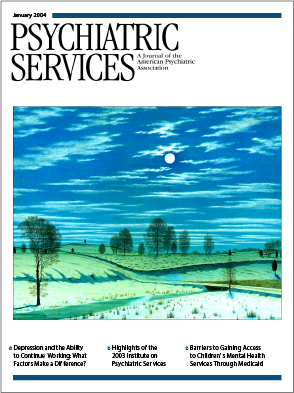Practical Child and Adolescent Psychopharmacology
Practical Child and Adolescent Psychopharmacology is the ninth book in the Cambridge Series on Child and Adolescent Psychiatry. Each book has the stated goal of a "thorough critical review of the etiology, natural history, management, prevention, and impact on later adult adjustment." An interesting tension runs throughout the pages of this particular book as it shows the struggle of child psychiatry to define itself as a field, to set a standard of care, and to carve out a role in the future.
The book begins with a historical chapter that looks at the development of our thinking about child psychopharmacology. Readers will be struck by the newness of the field as the book traces the beginning of child psychopharmacology to the 1930s—less than 100 years ago. The chapter also presents a timeline of the shifts in the philosophy of prescribing for children.It describes a shift from a complete taboo on such prescribing to a more recent realization that children had been denied the benefits of the pharmacologic revolution. It describes a move from a "protective" strategy to a strategy of efficacy; from prescribing the lowest effective dose to dosing for the most effective response.
The idea of dosing for the most effective response has resulted in a new empiricism toward prescribing for children. As if to counter this, chapter 3, "Clinical Aspects of Child and Adolescent Psychopharmacology," describes how to take a history from a child and the child's family, how to place the information in context, and how to begin to think systematically about prescribing. It contains many interesting tables, including one that lists behavioral variables that are amenable to pharmacotherapy and another that lists considerations when choosing a medication. This chapter also subtly suggests that despite the newness of child psychopharmacology, there is a standard of care. It challenges the use of empirical prescribing by proposing a more formal strategy.
Most of the rest of the book contains chapters that directly address the major axis I disorders. There are also chapters on pervasive development disorders, aggressive behavior, Tourette's syndrome, and medical psychiatric conditions. Discussion of each of the disorders includes a review of what is known about prescribing for them, much of it from research among adults. Some of the chapters make it seem as though the diagnostic boundaries of these disorders as they present in childhood may still be quite unrefined. For example, the chapter on pervasive developmental disorders describes the gradual differentiation of these disorders into categories such as low- and high-functioning autism and Aperger syndrome and then suggests that still more delineation may be yet to come.
Practical Child and Adolescent Psychopharmacology would be an excellent book to use as an introduction to child psychiatry for residents, nurse practitioners, and others in training; it provides sound and conservative advice on the current practices in the field. It also provides a sense of both the history and potential future of child pharmacotherapy.
Dr. Matthews is a resident in psychiatry at Oregon Health and Science University in Portland.



